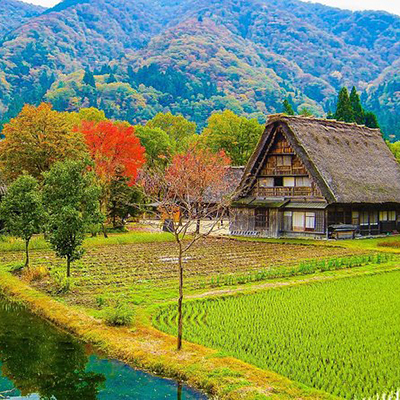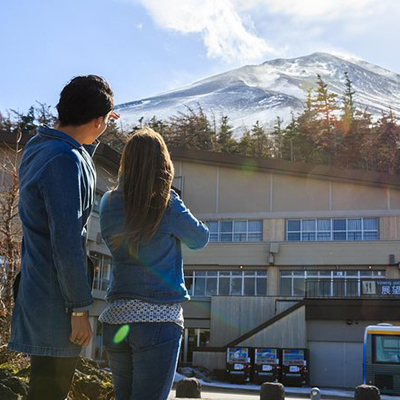Sake Brewery Tour in Hida

Sake Brewery Tour in Hida 
Sake Brewery Tour in Hida 
Sake Brewery Tour in Hida 
Sake Brewery Tour in Hida
Visit a 300-year-old sake brewery, Tenryo Sake Brewery. With a well-organized Gifu itinerary, a guide will warmly greet you at the station and ensure you reach the brewery hassle-free, leaving no room for worries about getting lost. An authentic sake brewer will show you the step-by-step process of making sake. Learn all about the brewing-and-fermenting process and enjoy tasting different sakes, all included in the tour (Trip Advisor).
- 1
- Sake Brewery Tour in Hida
Hida-Hagiwara – Takayama
Walking in Historic District

Takayama Historic District 
Takayama Historic District 
Takayama Historic District
The Takayama Historic District retains most of its original buildings and traditional architecture to this day. The three streets, collectively known as Sanmachi-dori Streets, house the charming and historic center of old Takayama. Distinguishable by the distinctive, old architecture and shops, the district is home to crafts and sake breweries, as well as food stalls selling local specialties such as mitarashi dango and Hida beef skewers.
- 2
- Walking in Historic District
Takayama Festival Floats Exhibition Hall
At the Sakurayama Hachiman Shrine, the actual Takayama Festival floats (four out of eleven floats are rotated every four months) are kept on display year round. Even if you miss the festival, you can visit the exhibition hall and get a taste of what the atmosphere would be like. The spring festival (April 14,15) is dedicated to the Hie Shrine, while autumn’s festival (October 9,10) is consecrated to the Sakurayama Hachiman Shrine.
- 3
- Takayama Festival Floats Exhibition Hall
Stay in Takayama
Morning Markets

Morning Markets 
Morning Markets
Enjoy a calm morning of shopping and interacting with locals at the Hida Takayama Morning Markets. Hundreds of years ago, these markts were conceived as places for locals to sell their wares. However, during the 19th century, local ladies rushed to sell their homegrown fruits and vegetables. This all led to the event being called the “morning market.” Find an array of products all for sale at this market where no two stalls are the same.
- 4
- Morning Markets
Takayama Nohi Bus Center – Shirakawa-go
Shirakawa-go

Shirakawa-go 
Shiroyama Viewpoint 
Walking around Gassho-style Houses 
Walking around Gassho-style Houses
Explore the UNESCO World Heritage Site, Shirakawa-go: a rustic, traditional village deep in the mountainside. Famous for its thatched “gassho-style” houses, the snow-capped roofs are a sight to behold in the winter. Shirakawa-go is also surrounded by vast rice fields, owned by residents who still farm for a living. A walk around the quaint village is sure to make visitors feel as if they’ve been transported back to the olden days. Discover what it’s like on the inside by visiting opened houses, or take a 15-minute hike up to the Shiroyama Viewpoint to enjoy a panoramic view from above.
- 5
- Shirakawa-go
Jiba Studio Gallery

Jiba Studio Gallery 
Jiba Studio Gallery
Jiba Studio Gallery is a village-run facility that produces and sells specialty products from Shirakawa-go. The gallery manufactures and sells vegetable dyeing, vine work, straw work, and so much more. Ji-ba Studio Gallery exhibits and sells Shirakawa-go’s original products and folk crafts, which have been passed down through ancient techniques, such as living tools, equipment, and ornaments.
- 6
- Jiba Studio Gallery
Stay in Shirakawa-go area (reservation compulsory)
Shirakawa-go – Takayama Nohi Bus Center
Takayama Nohi Bus Center – Gujo Hachiman IC
Gujo Hachiman IC – Gujo Hachiman Castle Town Plaza
Walking in the Old Streets of Gujo Hachiman

Walking around Historic District 
Walking around Historic District
With a well-planned Gifu itinerary, you can enjoy a beautiful day out in the historic district of Gujo Hachiman, situated near the picturesque Nagara River. Take a walk around the samurai-style houses of Yanagimachi, along the ancient walkways of Shokunin-machi and Kajiya-machi, named for the local craftsmen and blacksmiths. Enjoy the stunning canals running past the old homes and experience an older way of life with clear water.
- 7
- Walking in the Old Streets of Gujo Hachiman
Watanabe Indigo Dyehouse(Duration: 2 hours)

Indigo dyeing goes back more than 400 years and the Watanabe Dyehouse, currently run by its 15th-generation master, upholds the practice with attention to details. The gorgeous Japan blue pigment is made from natural ingredients and now you can see for yourself the process and techniques used to bring this color to life. Why not try your hand at the Japanese art of ‘aizome’ indigo dyeing to color your very own scarf or shirt as a great souvenir of the area.
- 8
- Watanabe Indigo Dyehouse
Gujo Dance
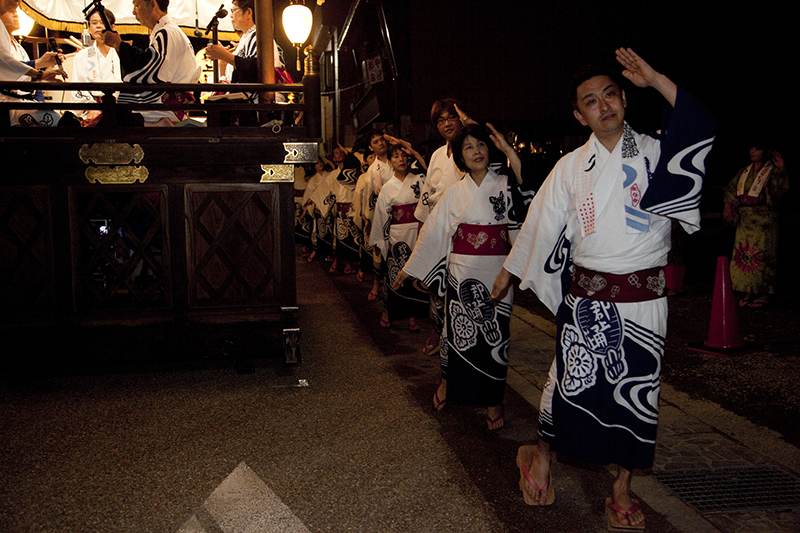
In your Gifu itinerary, don’t miss the chance to experience the vibrant Gujo Dance, a celebration of Gujo Hachiman’s rich history and culture, where everyone is warmly welcomed to join in the festivities. If you missed the dance in summer, visit the Gujo Hachiman Museum, a modern-retro style building. You will be treated to an authentic live demonstration performance of the Gujo Dance in the museum. Exhibitions introducing history and culture of this area are also must-see for any visitor to the area.
Leave Gujo for Nagoya or Gifu by Gifu Bus










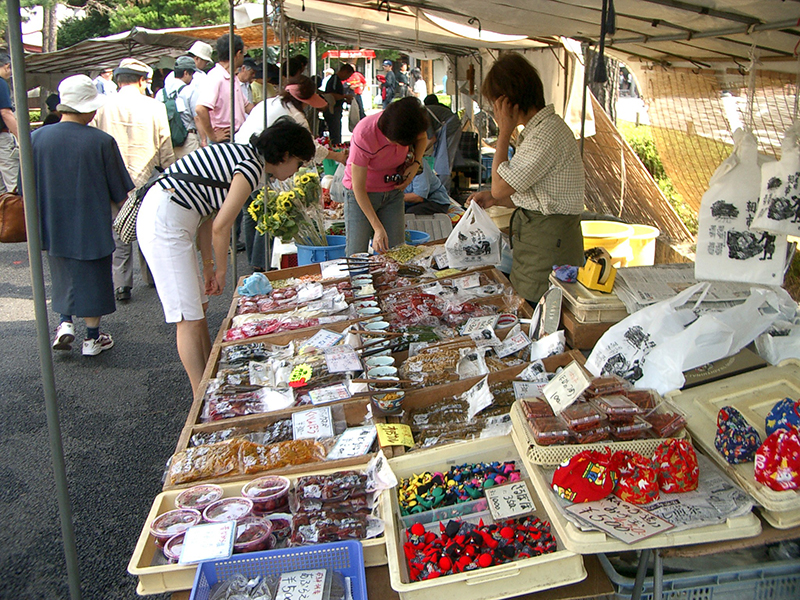

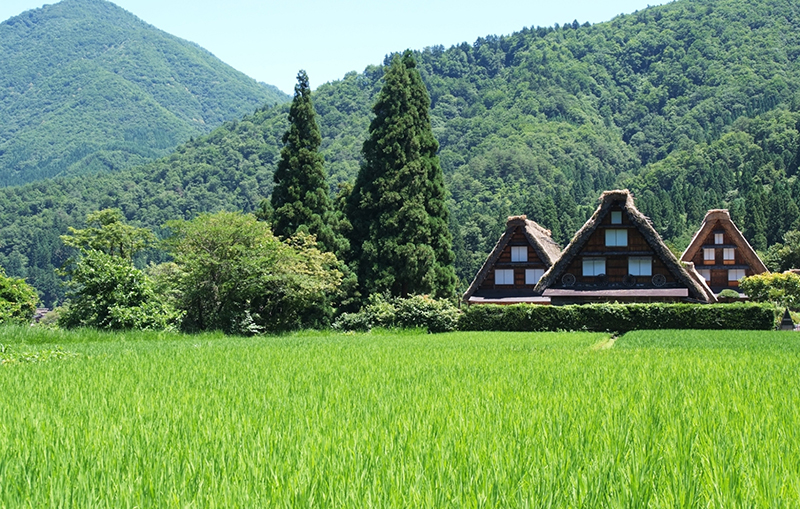



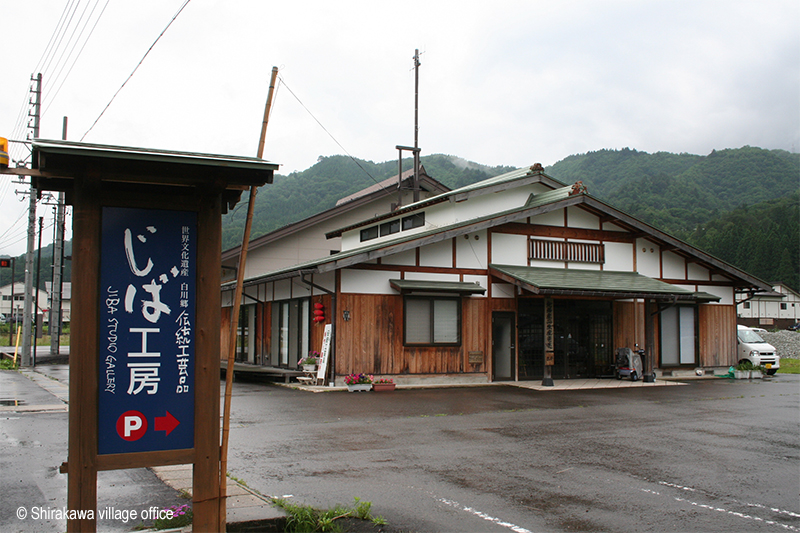



 Twitter
Twitter
 Facebook
Facebook

